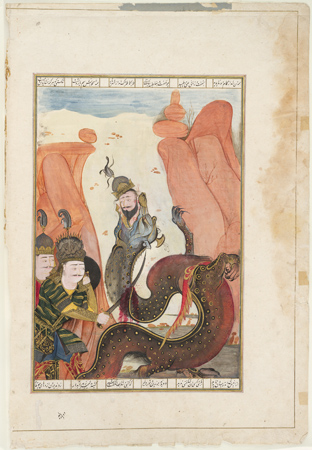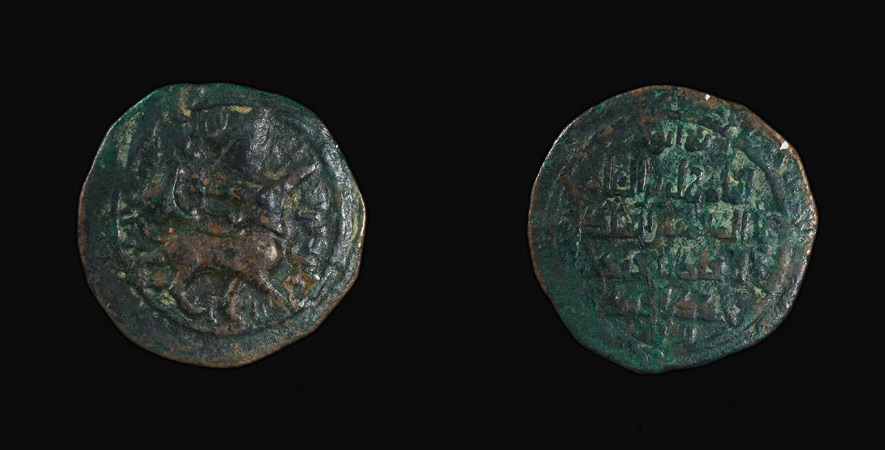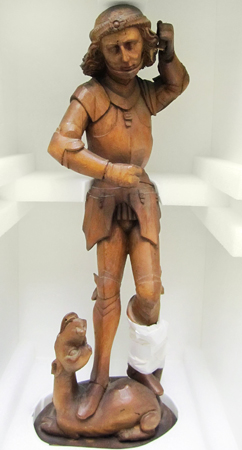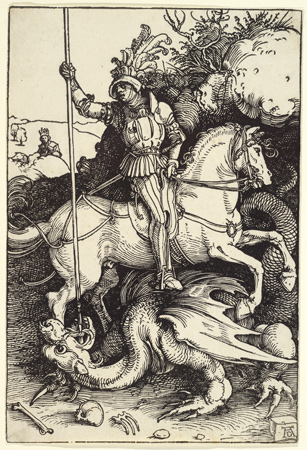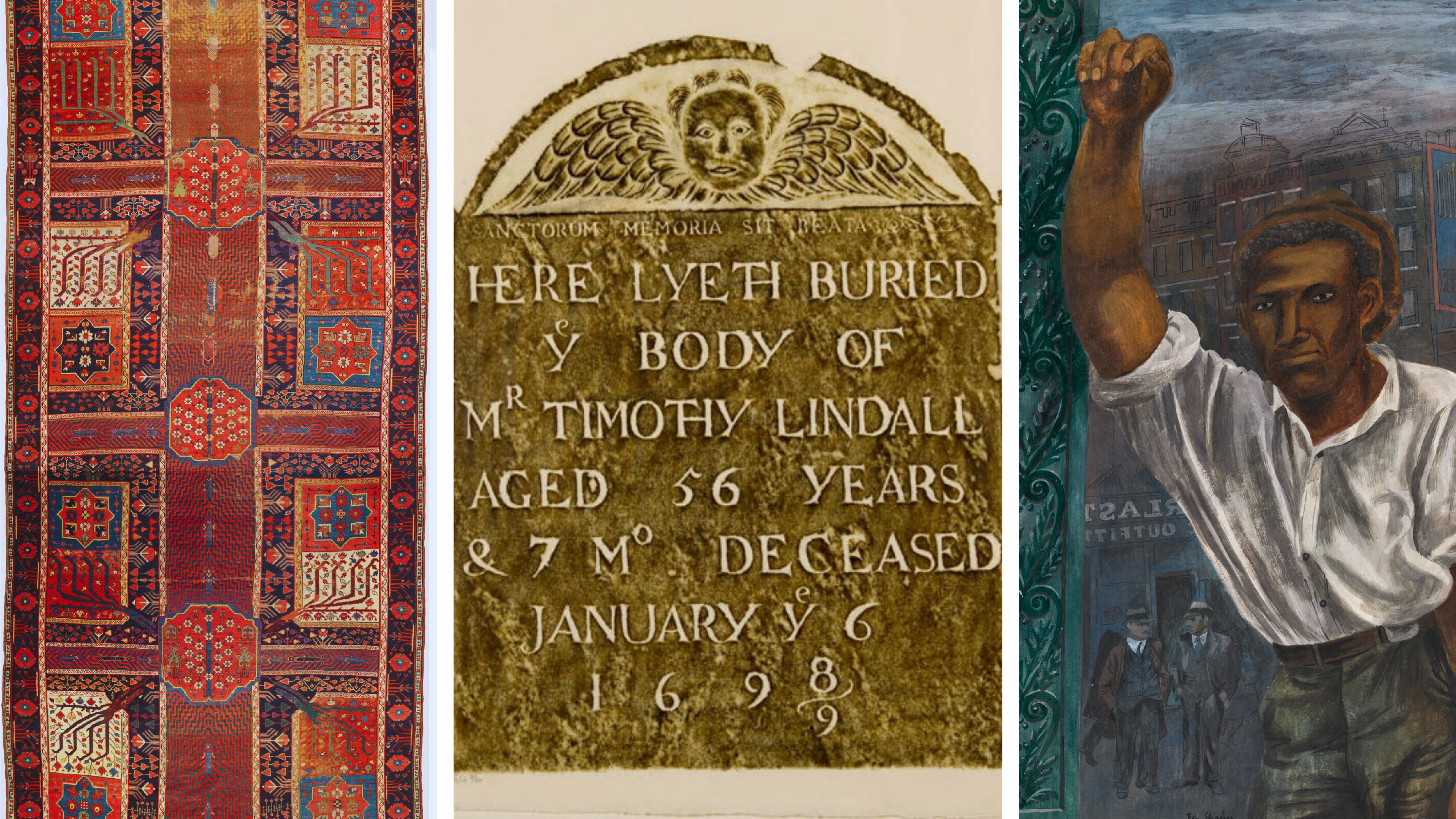Generally speaking, it is not advisable to put five dragons together in a room with glass walls. But when the room is the Nancy A. Nasher and David J. Haemisegger Family Art Study Center and the dragons are of the papery, bronze, or wooden sort, worries about destruction and pandemonium may be put aside. So, for two pleasant hours, I requested the company of a variety of dragons—one Japanese, one Persian, one Turkish, and two German. I came armed with an eraserless pencil, not a sharpened sword.
There are more than 500 dragons in the Harvard Art Museums collections, only a few of which are on display. Dragons protect their treasures in dark, dank caves; most of our collections remain in climate-controlled facilities. Fortunately, the hoard is not jealously guarded by scaly, toothy reptilians, but rather laid open to the public by way of the Art Study Center, which allows access to the extended collections.
The center is a highlight of the renovated Harvard Art Museums. Offering a series of clean, well-lighted spaces spanning much of Level 4, the center is devoted to the intimate study of art. If you are pursuing an academic or personal curiosity, the quest is simple: peruse the collections online, make selections, and submit the online form for an appointment. No armor required.
It can be taxing to walk through crowded galleries, where other visitors hustle you along if you stop to linger by a compelling work. The Art Study Center is an entirely different experience, where all is quiet and you are completely alone with your chosen objects, accompanied only by a discreet chaperone.
Utagawa Toyokuni’s Black and Green Dragon leaps forward in a flash, shattering opaque clouds to reveal the black sky behind him. He is whiskery and bulbous-eyed.
In a brilliantly illustrated folio, finely bearded Rustam slays a magnificently crested, gold-flecked, twisted beast that has half-swallowed his companion (whose expression is unperturbed, but whose onion-domed helmet is comically askew). A splay of berry-colored blood adorns the dragon’s neck where it has been sliced open.
A bronze coin is heavy in the hand, but the engraving is murky, even with a magnifying glass. The winged dragon is the minuscule guardian of legal tender.
And finally, two German versions of St. George: a dense Dürer engraving and a fragile wooden sculpture. As the story goes, an ornery old dragon must be coaxed off the village’s freshwater spring with a delicate morsel every day. When the only morsel available is the princess, our hero springs into action, rescues the princess, slays the dragon, and converts the region from Paganism to Christianity. Allegorically, in slaying the dragon, St. George has subdued the Irrational.
Dürer’s dragon is haggard and arthritic; his scaly body turns back into the darkness. A tiny fair princess looks on from afar as St. George, on a rippling steed, tramples and prepares to stab the beast with a long pointy spear.
The sculpture presents a different narrative. The dragon is young, doe-like. The saint stands assertively atop the wretched creature, whose tail wraps rather affectionately around his leg. George looks reluctant, the dragon terrified. But in yet another twist, George’s spear has broken off, and the dragon bares empty gums where fangs used to protrude. Both are disempowered, perhaps relieved to be rid of their respective burdens to dominate.
In the Art Study Center, with the rare gifts of time and quiet, I was allowed to connect personally with my chosen dragons. I developed a narrative of my own: dragons are first to be feared for their irrational powers, but eventually perhaps to be pitied. When we slaughter them carelessly with sharp blades, we lose something that might well be worth preserving.
Anna Coppelman is an intern in the Communications Division at the Harvard Art Museums.

